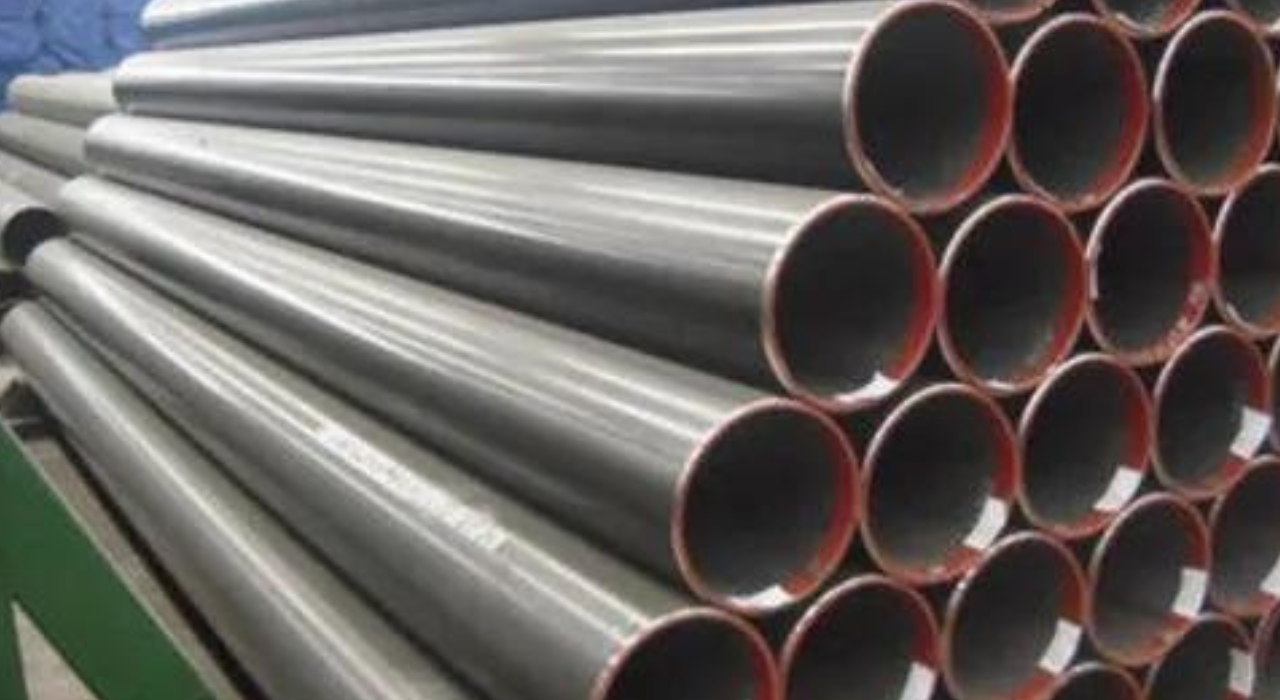Schedule 80 pipes must accommodate an assortment of pipe fittings, and this depends basically on their size. Profoundly esteemed for their toughness and quality, these pipes are broadly utilized in high-pressure settings in an assortment of divisions, including chemical handling, water treatment, and oil and gas. In any case, contrasts in estimate coming about from components like divider thickness, ostensible pipe measure (NPS), and fabric composition can enormously influence how well-suited they are to diverse fittings.
These aberrations highlight how pivotal cautious determination is to maintaining the pipe system's usefulness and astuteness. When these viewpoints are carefully taken into consideration, sch 80 pipe dimensions and fittings can adjust ideally, coming about in flawless integration and usefulness indeed within the most requesting circumstances.
Significance of Schedule 80 Pipe Measurements in Fitting Compatibility
The measurements of Schedule 80 pipes are pivotal in deciding their compatibility with different pipe fittings. Schedule 80 pipes are exceedingly esteemed for their strength and quality, making them perfect for applications in businesses like oil and gas, chemical preparation, and water treatment. However, these pipes can change in measurements due to variables such as material composition, ostensible pipe estimate (NPS), and divider thickness. These varieties can essentially affect the compatibility of Schedule 80 pipes with diverse sorts of pipe fittings, affecting the general astuteness and execution of the piping framework.
External Distance across (OD) Compatibility
The outer distance across (OD) of Schedule 80 pipes is an essential calculation impacting pipe fitting compatibility. Pipe fittings, such as couplings, elbows, tees, and reducers, are outlined to suit particular ODs to guarantee a secure and leak-free association. In this manner, selecting fittings that coordinate the OD of Schedule 80 channels is fundamental to avoid issues like leaks, breaks, or joint disappointment.
The Effect of Wall Thickness
The divider thickness of Schedule 80 pipes can moreover affect pipe fitting compatibility. Whereas Schedule 80 channels have thicker dividers compared to Schedule 40 pipes, giving more prominent quality and resistance to tall weights, this expanded divider thickness can influence the inner distance across (ID) of the pipe. As a result, certain sorts of pipe fittings, such as reducers or tees, may be extraordinarily planned to suit the thicker dividers of Schedule 80 channels while keeping up reliable stream rates and weight levels.
Material Composition Impact
The material composition of Schedule 80 pipes plays an imperative part in deciding pipe fitting compatibility. Schedule 80 pipes are accessible in different materials, counting PVC, CPVC, and metal combinations, each with special properties and characteristics. Contemplations for Selecting Pipe Fittings
When selecting pipe fittings for Schedule 80 pipes, a few components require thought. Material compatibility, weight evaluations, temperature limits, and establishment prerequisites are basic contemplations. Pipe fittings ought to be made from materials congruous with Schedule 80 pipes to anticipate issues such as galvanic erosion or chemical responses. Also, fittings ought to have adequate weight appraisals to resist the working weights of the piping framework without disappointment or spillage.
Design and Development of Pipe Fittings
The plan and development of pipe fittings shift based on their expected application and establishment strategy. For this case, attachment weld fittings are planned to be welded directly onto the OD of Schedule 80 channels, giving a secure and lasting association. Alternately, strung fittings feature internal or outside strings that permit them to be screwed onto the OD of Schedule 80 pipes, advertising a more adaptable and detachable association.
Conclusion
The dimensions of Schedule 80 pipes altogether affect their compatibility with pipe fittings, which, in turn, influences the general execution and keenness of the channeling framework. By carefully selecting fittings that coordinate the OD, divider thickness, and material composition of Schedule 80 pipes, engineers and temporary workers can guarantee a solid and productive channeling framework that meets the particular necessities of their application.


